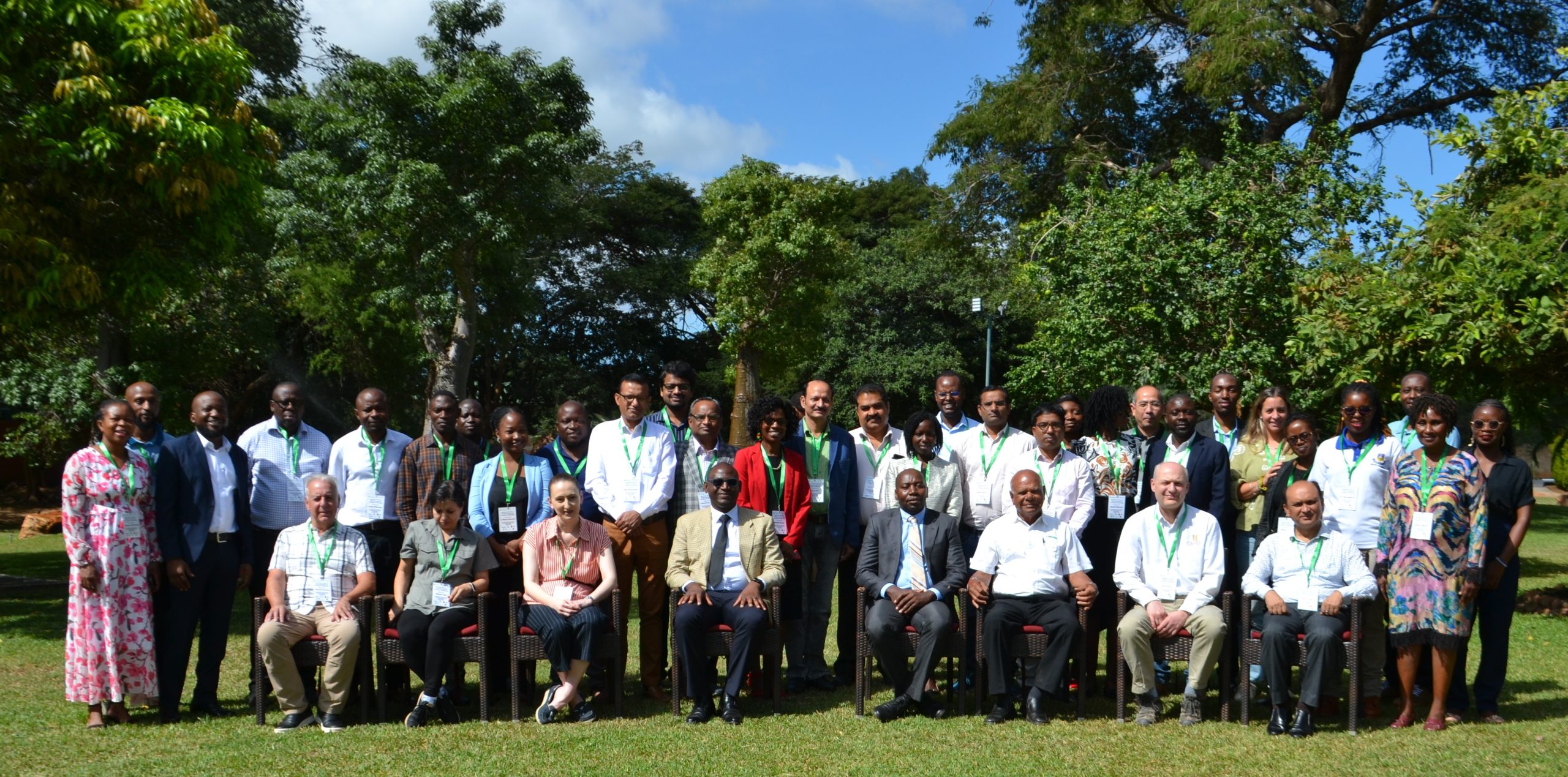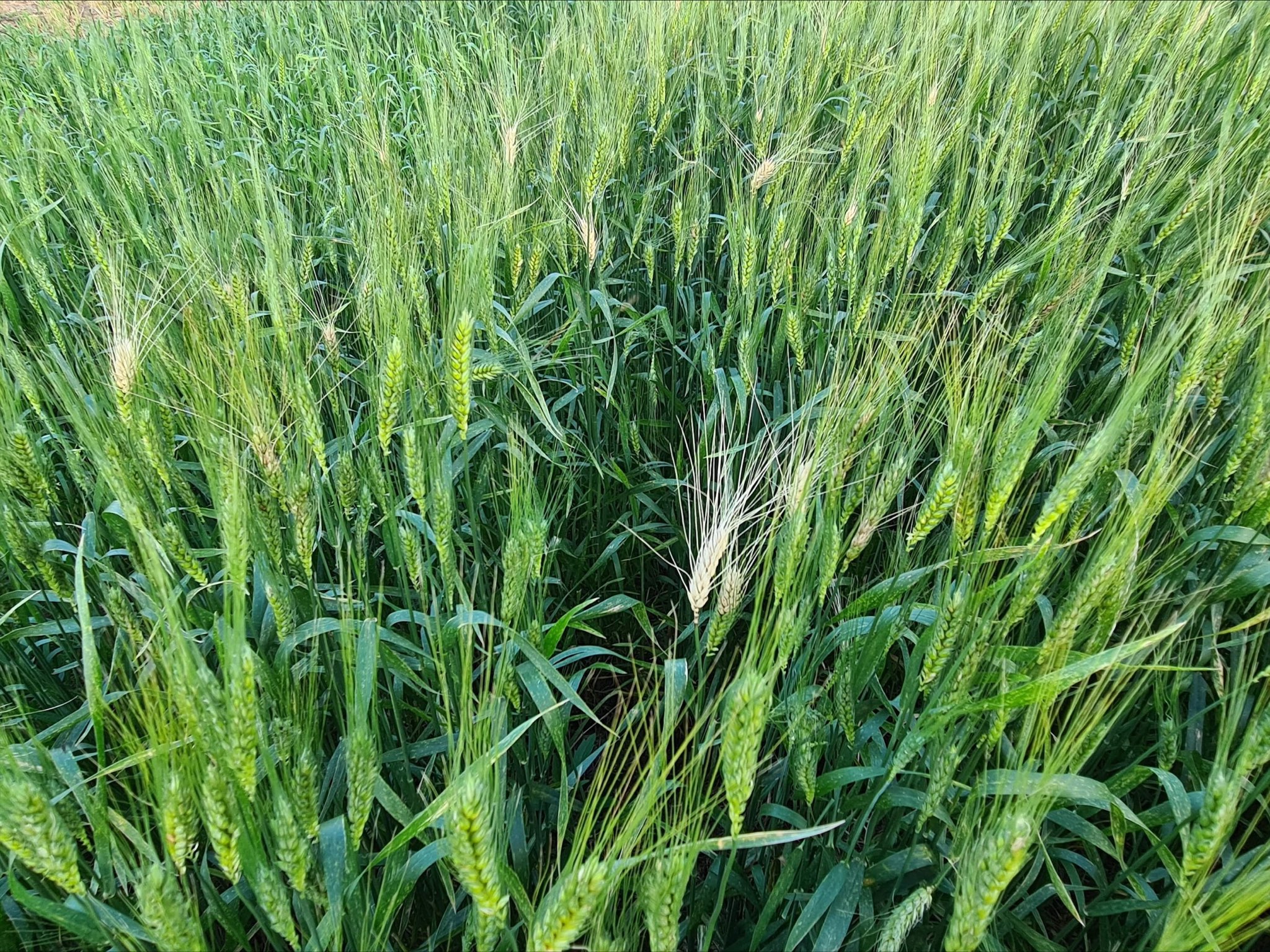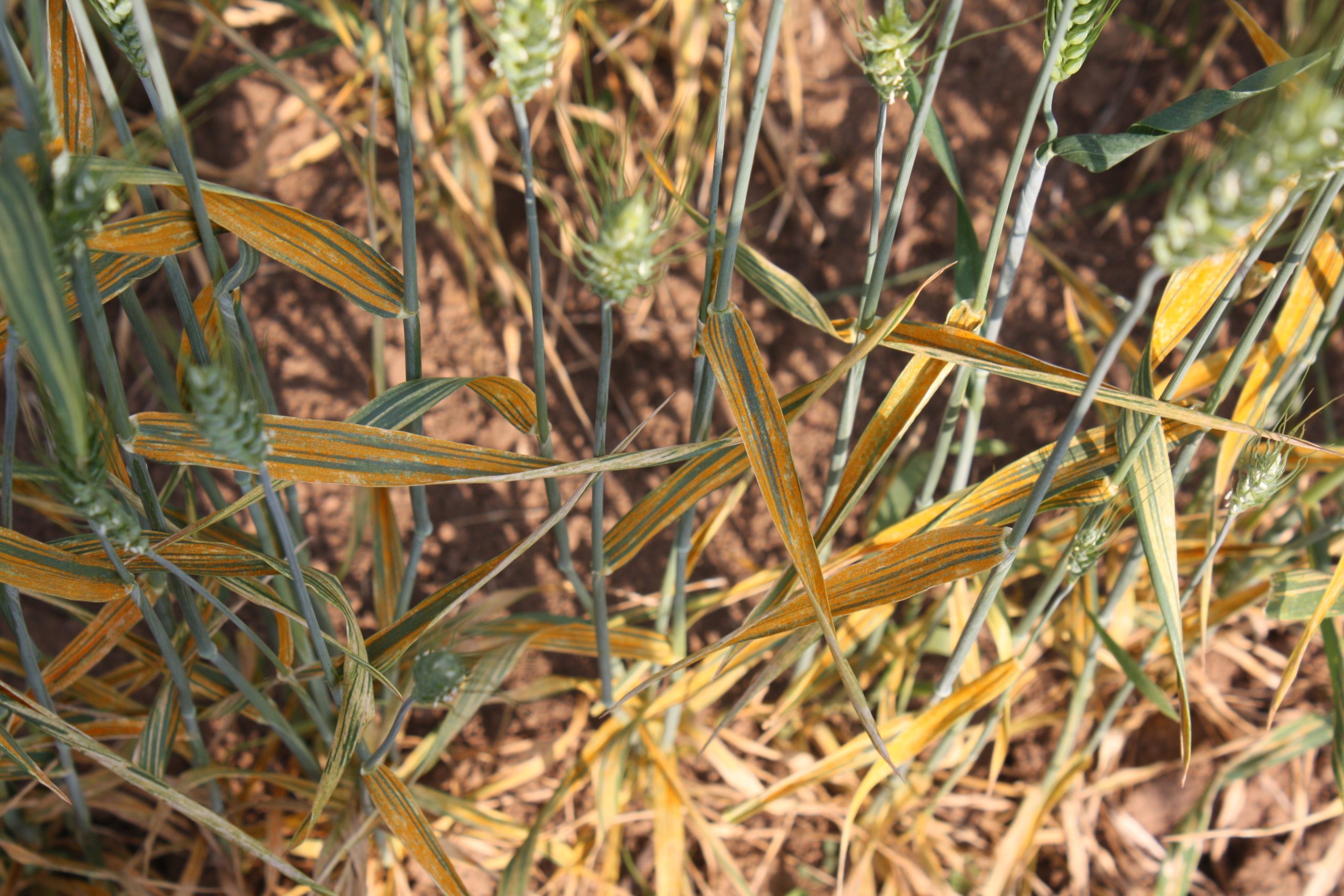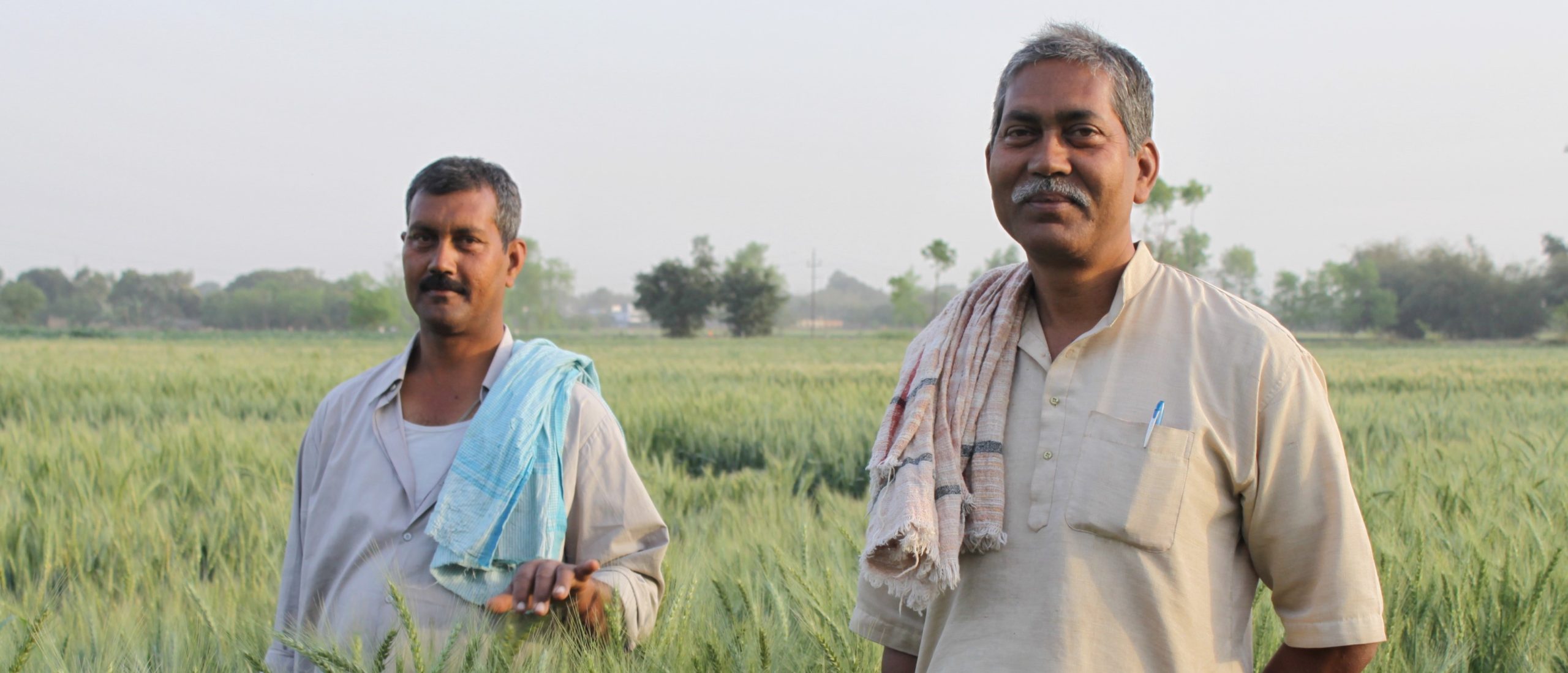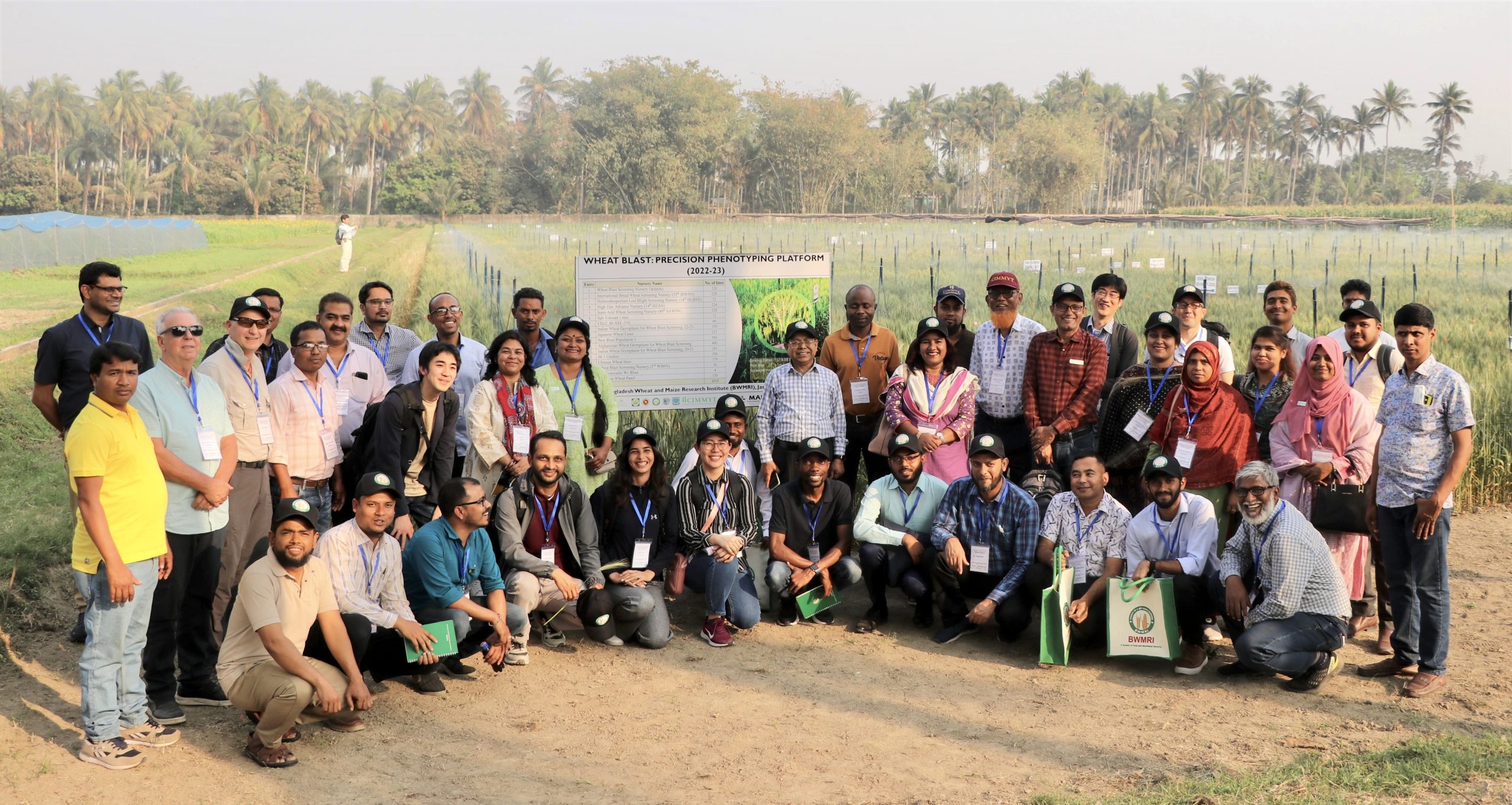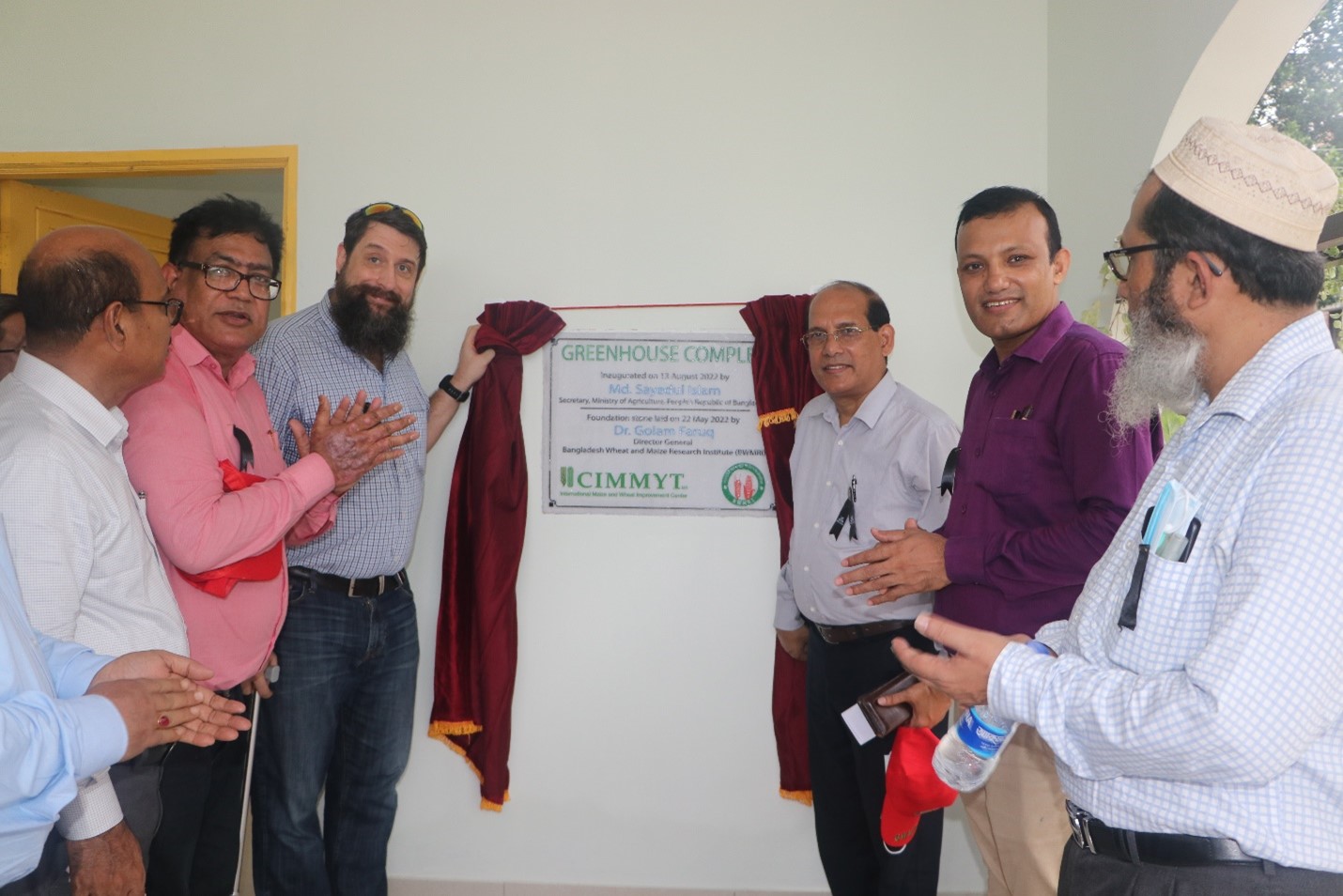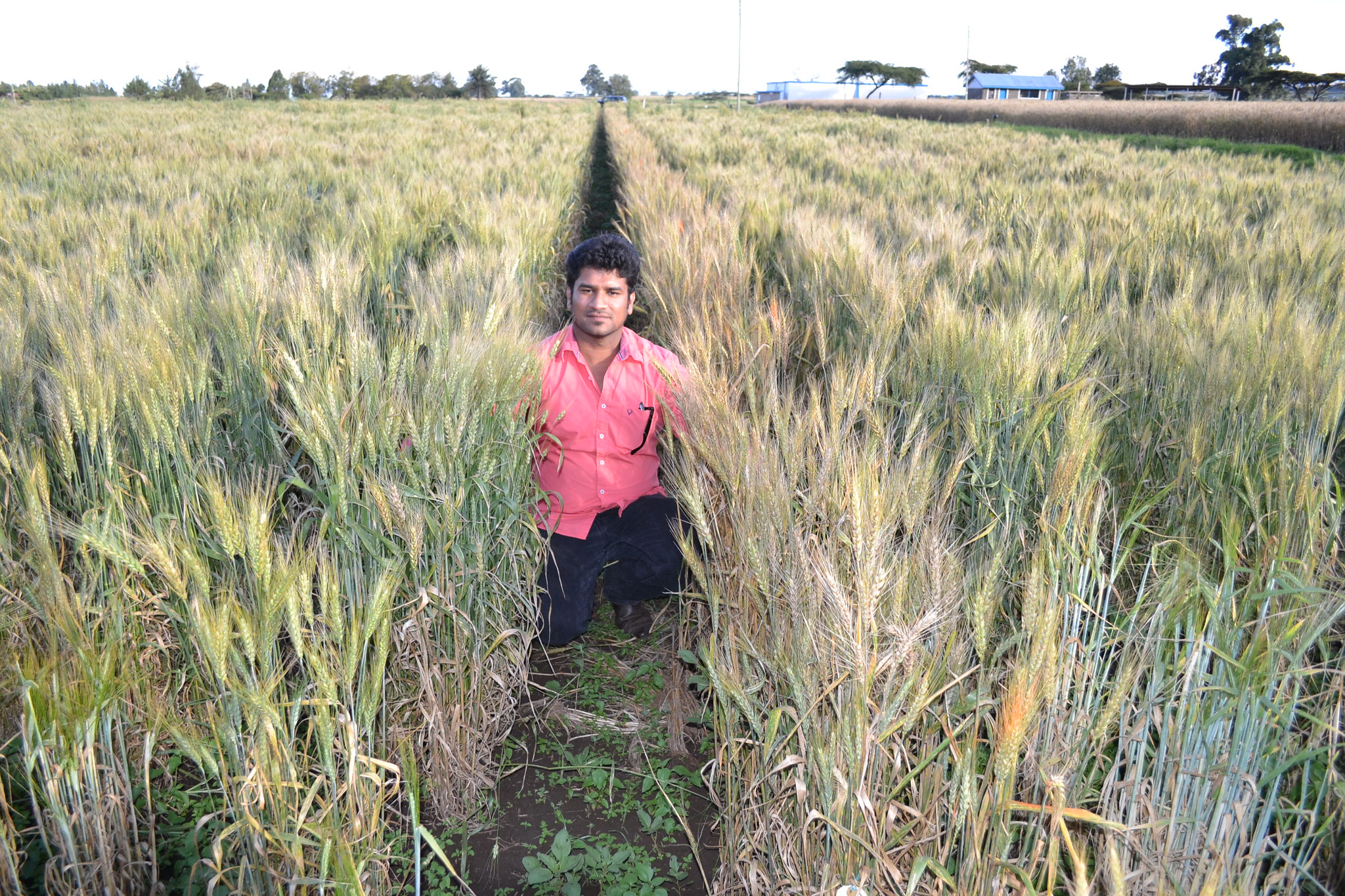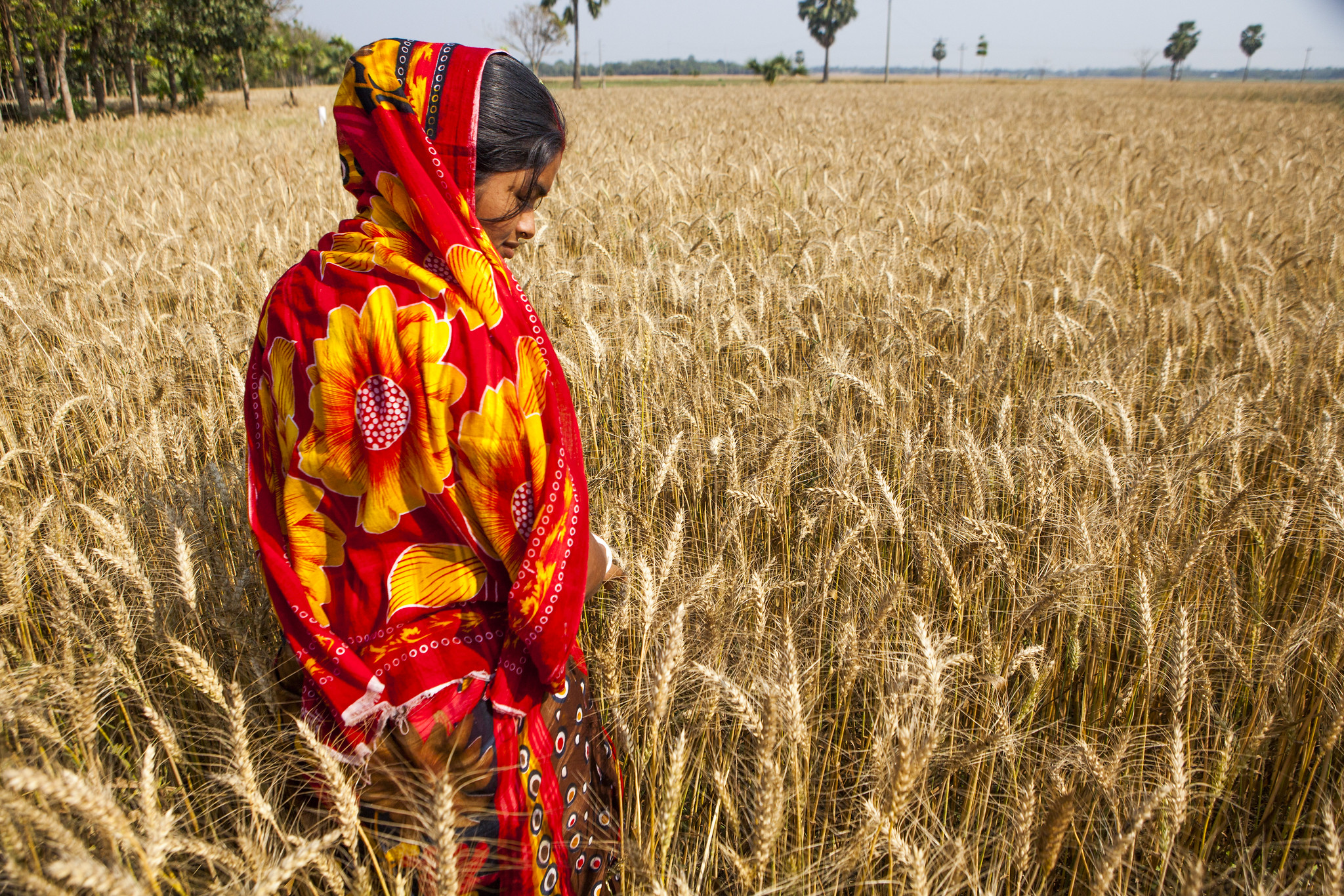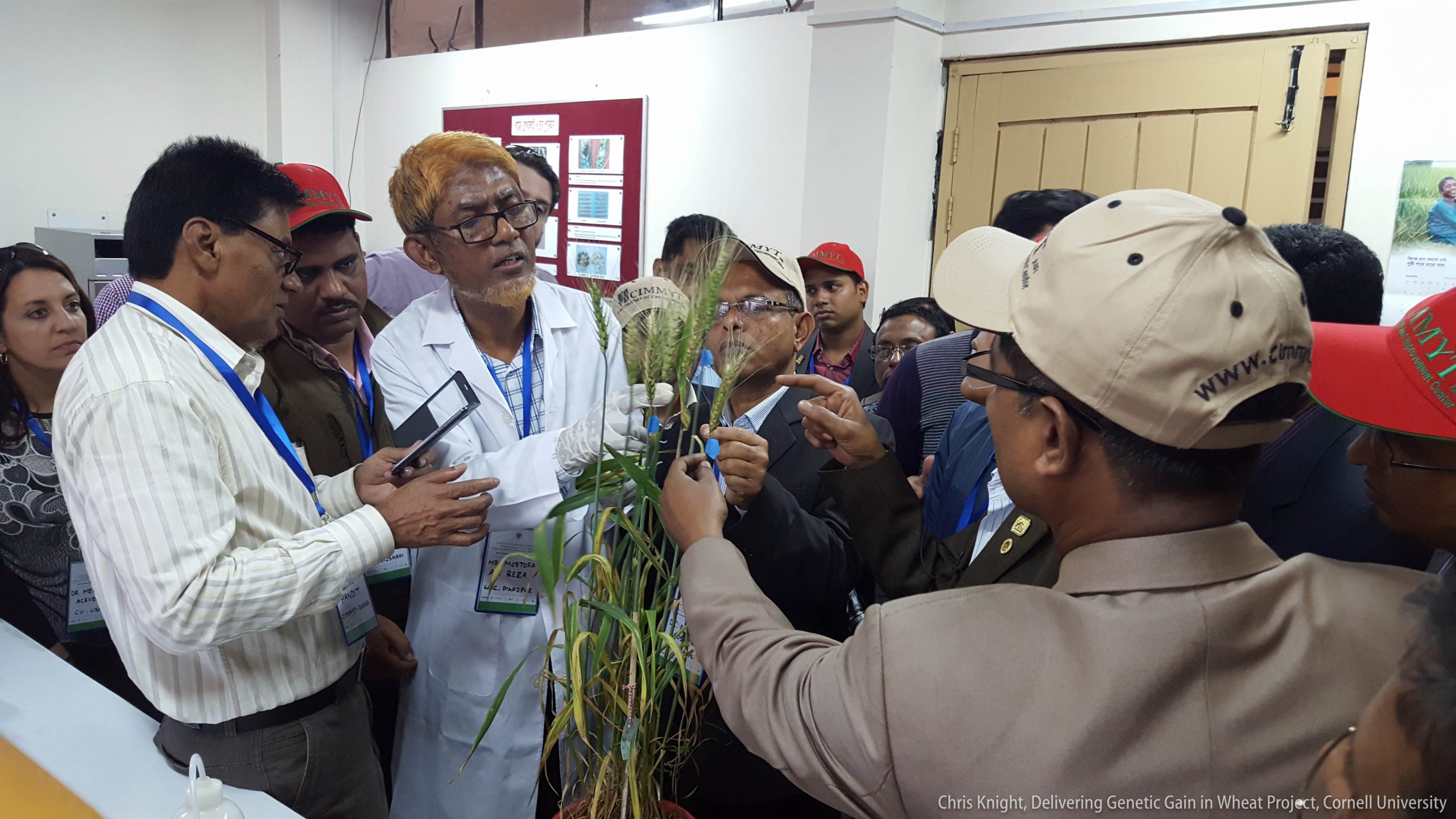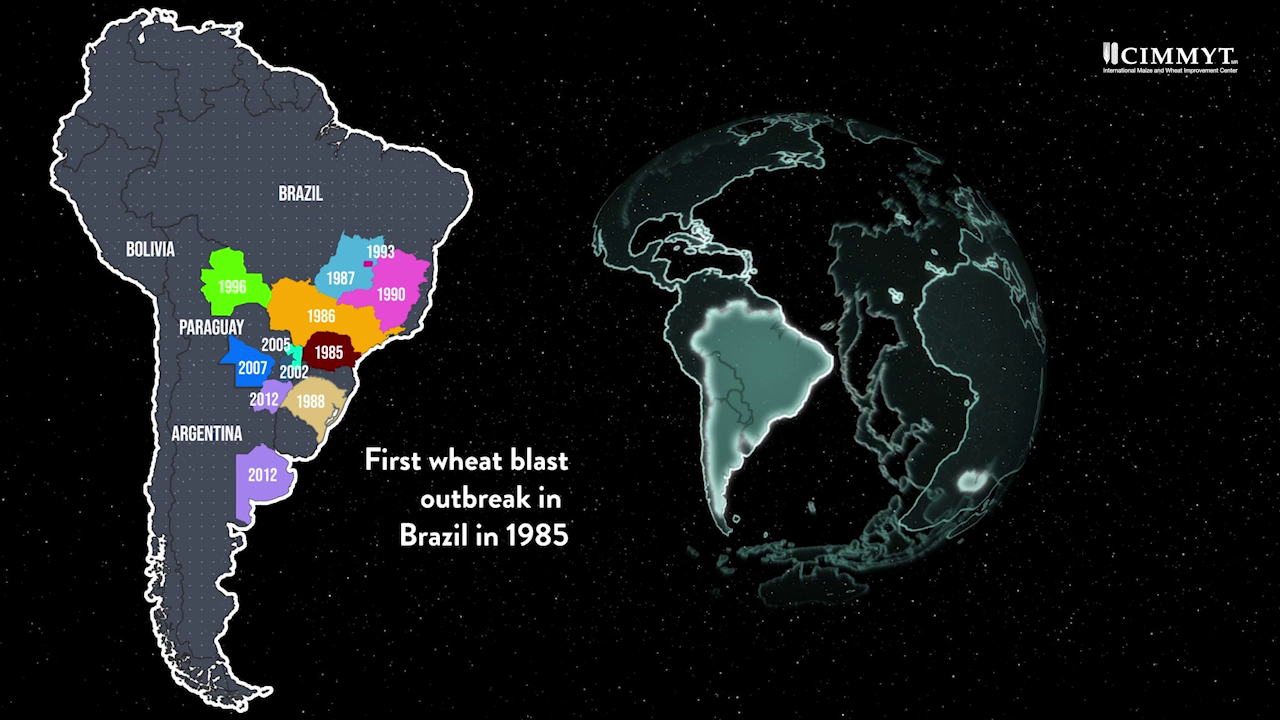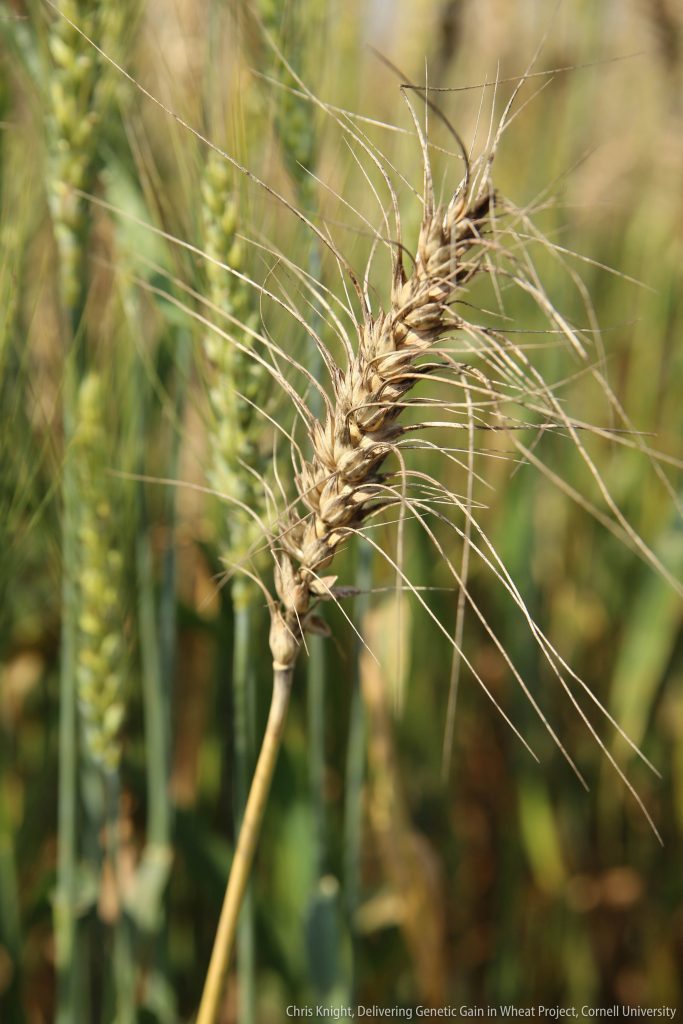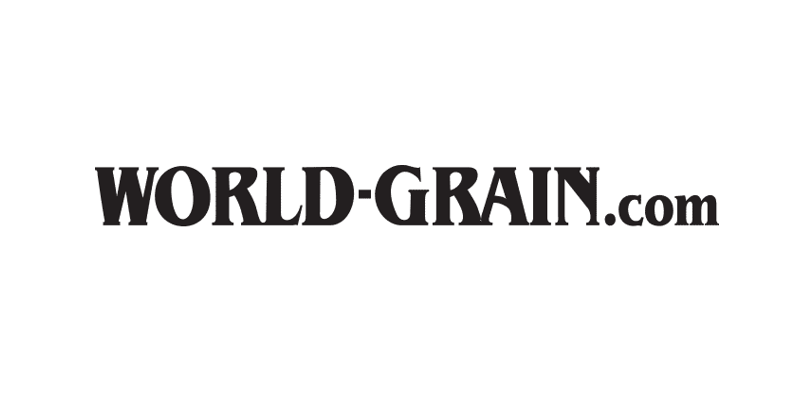wheat blast
Wheat blast is an important disease for warm and humid wheat production regions, caused by Magnaporthe oryzae pathotype Triticum.
The disease was first identified in the state of Paraná of Brazil in 1985, and it subsequently spread to other major wheat-producing areas of Brazil as well as several neighboring countries like Argentina, Bolivia and Paraguay. In recent years, wheat blast has been observed in Bangladesh and Zambia, threatening wheat production in Asia and Africa.
Field resistance source is mostly limited to 2NS carriers, which are being eroded by newly emerged MoT isolates, necessitating an urgent need for broadening the genetic basis of wheat blast resistance.
The changing climate (global warming and irregular rains) and the evolving tendency of the pathogen (increasing virulence, fungicide resistance and sexual recombination) can further aggravate disease incidence and severity.
CIMMYT is working on different strategies to mitigate the global threat of wheat blast, in collaboration with national agricultural research partners in Africa, Asia and Latin America.
New Breakthrough in Wheat Blast Resistance: A Novel Non-2NS QTL Identified
 Climate adaptation and mitigation
Climate adaptation and mitigation
Discovery offers a new avenue for more durable and diversified wheat blast resistance
Building global capacity to combat wheat blast
 Capacity development
Capacity development
In collaboration with ZARI and other partners, CIMMYT brought together wheat scientists, researchers, academics, policymakers, and extension agents to address the urgent threat of wheat blast across borders.
Wheat blast spread globally under climate change modeled for the first time
 Climate adaptation and mitigation
Climate adaptation and mitigation
Climate change: fungal disease endangers wheat production.
India transforms wheat for the world
 Climate adaptation and mitigation
Climate adaptation and mitigation
Building on a partnership spanning more than five decades, Indian and CIMMYT wheat scientists, policymakers and farmers forge a transformation path, applying innovations that ensure national food security and resource conservation.
CIMMYT and BWMRI host international training program on surveillance and management strategies for wheat blast
 Capacity development
Capacity development
Wheat researchers, government extension agents, and policy makers gather in Bangladesh to develop their skills in pathology, breeding, agronomy, integrated disease management and agricultural extension technologies.
The Australian High Commission, ACIAR and BARC delegates recognizes the BWMRI-CIMMYT collaborative wheat blast research platform in Bangladesh
 Environmental health and biodiversity
Environmental health and biodiversity
Delegates travelled to South Asia to witness the success of a collaboration which is combatting wheat blast disease in Bangladesh and for other wheat growing nations.
Weather data and crop disease simulations can power predictions of wheat blast outbreaks, new study shows
 Environmental health and biodiversity
Environmental health and biodiversity
Protecting farmers from wheat blast, a lethal plant disease, could be made easier through enhanced monitoring and forecasting tools.
Greenhouse upgrades at BWMRI for wheat blast research
 Capacity development
Capacity development
The developments will create capacity for national and international research and improve processes for disease screening in wheat.
New publications: Genome-wide breeding to curtail wheat blast
 Environmental health and biodiversity
Environmental health and biodiversity
Researchers evaluate the use of genomic selection in wheat breeding against deadly fungal disease.
Taming wheat blast
 Environmental health and biodiversity
Environmental health and biodiversity
Researchers point out the future of the disease, the ways to manage it and prevent it from spreading — within and across continents.
Preventing and protecting against wheat blast
 Environmental health and biodiversity
Environmental health and biodiversity
Cross-regional collaboration brings wheat blast protection to farmers in Bangladesh and Brazil.
Report links wheat blast pandemic on three continents
 Environmental health and biodiversity
Environmental health and biodiversity
Source: World Grain (19 Mar 2021)
Genetic analyses show that a destructive wheat blast fungus that travelled from South America to South East Asia is now established in Zambia under rain-fed conditions.

